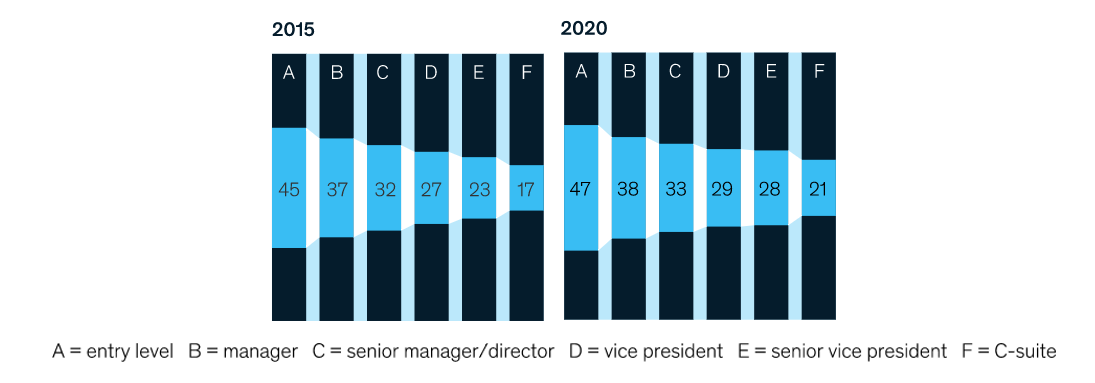Women’s Equality Day


By Sweta Patel
Women’s Equality Day is celebrated on August 26 to commemorate adoption of the Nineteenth Amendment to the United States Constitution in 1920, which prohibits the states and the federal government from denying the right to vote to citizens of the United States on the basis of sex. It was first celebrated in 1971, designated by Congress in 1973, and is proclaimed each year by the United States President:
WHEREAS, the women of the United States have been treated as second-class citizens and have not been entitled the full rights and privileges, public or private, legal or institutional, which are available to male citizens of the United States;
and WHEREAS, the women of the United States have united to assure that these rights and privileges are available to all citizens equally regardless of sex;
and WHEREAS, the women of the United States have designated August 26, the anniversary date of the certification of the Nineteenth Amendment, as symbol of the continued fight for equal rights;
and WHEREAS, the women of United States are to be commended and supported in their organizations and activities,
NOW, THEREFORE, BE IT RESOLVED, the Senate and House of Representatives of the United States of America in Congress assembled, that August 26th of each year is designated as Women’s Equality Day, and the President is authorized and requested to issue a proclamation annually in commemoration of that day in 1920, on which the women of America were first given the right to vote, and that day in 1970, on which a nationwide demonstration for women’s rights took place.
However, a hundred years after the Nineteenth Amendment was adopted, there is still work to be done to achieve equality.
The graphic below from a study by McKinsey shows the slow progress in achieving gender parity in the workplace, particularly in the C-Suite.

A major obstacle to women progressing up the career ladder is what is referred to as the “broken rung”. For every 100 men promoted to manager, only 85 women were promoted. This gap is even larger for some women: only 58 Black women and 71 Latinas were promoted. As a result, women remain significantly outnumbered in entry-level management. At the beginning of 2020, they held just 38 percent of manager-level positions, while men held 62 percent.
An important question that hasn’t been fully answered is WHY there is a broken rung? Are women self- selecting out of advancement? Are women choosing to leave the workforce? If so, why?
Or, is this broken rung being caused by some other factors that we do have measurable data on and can influence for better outcomes?
The COVID-19 pandemic has had a disproportionately negative impact on women.
Working women already bore the bulk of social responsibilities before the pandemic, such as caring for family members and household chores. Support in place before the pandemic such as schools, day care and extended family, was taken away by the effects of the pandemic.
As a result of the past 18 months more women are considering downshifting their careers or leaving the workforce altogether. Companies risk losing women in leadership roles and future female leaders, reversing the progress that has been made towards gender parity in the workplace.
The seismic impact of the COVID-19 pandemic on workplaces could present opportunities to reshape them to better support women.
The pandemic has blurred the lines between work and home. Companies should look for ways to reestablish work-life boundaries by setting new work norms such as establishing set hours for meetings, putting policies in place for responding to emails outside typical business hours, and improving communication about work hours and availability within teams.
Companies should promote flexible working options and also practice flexible working to mitigate any stigma that might be felt by employees using these options. Leaders can assure employees that their performance will be measured based on results, not when, where, or how many hours they work.
The pandemic may be amplifying biases. Bias training can help. In the past year, just one in four employees have participated in unconscious-bias training, and even employees who have participated in the past would benefit from a refresher.
Now more than ever, it’s important to make sure women and men are being treated fairly in hiring, promotion, and furlough decisions.
Women’s Equality Day gives us an opportunity to reflect on the need to achieve equality in the workplace and to celebrate the role of women in our lives at home and at work.